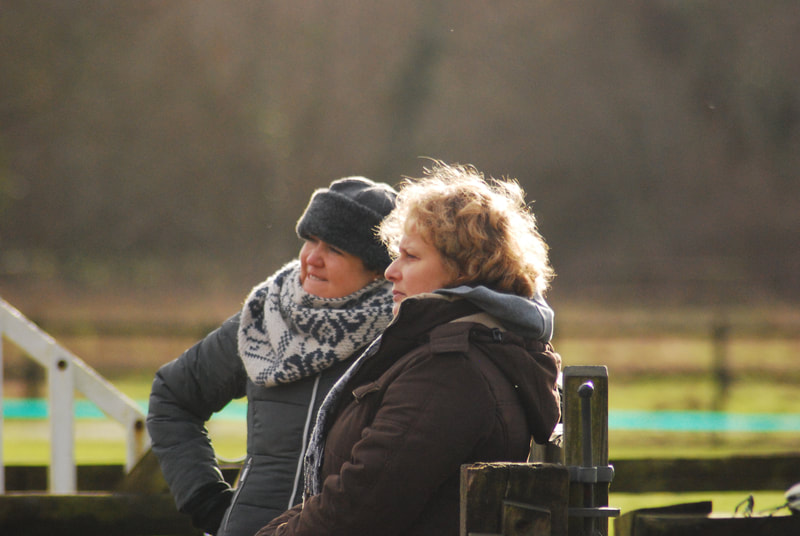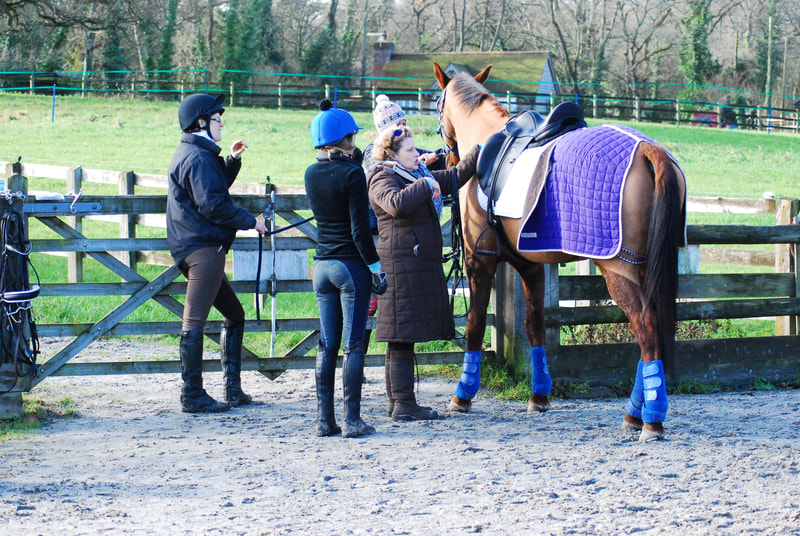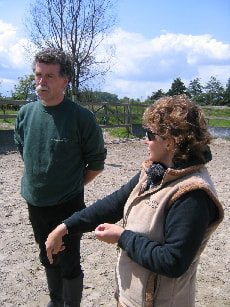|
Double Bridle Bits
Part One: why and how I think that people have slightly lost sight of why we put Horses into Double Bridles. The idea is that if you get the right combination of Bits for each individual Horse you are getting the advantage of two completely different bits that can be used separately and in support of each other to give the rider much more refined and defined signals allowing them to use the reins less and more subtly. And for the Horse much clearer signals, better pressures and more release and reward. Dressage legal Snaffles are quite restrictive creating a lot of tongue pressure with very little release or reward because of the way the bits are built even well-constructed curved mouthpieces which have considerably less pinch and more release and reward than ordinary Snaffles still employ a lot of wrap around tongue pressure compared with non-jointed ported mouthpieces. And when a Snaffle mouthpiece is ridden quite a bit of the release and reward is in the rider’s hands if they are good enough and well balanced enough to spot when they have to do this and they are capable of doing it. It is the rider’s responsibility to ride well enough to be able handle every step up and stage in their Horses training. To be able to really bit Horses well. There has to be a large choice of different shaped mouthpieces for both the Bradoon/Snaffle and the Weymouth to be able to give a large selection of choice for: A variety of Horse conformation A variety of Horse ability Different stages of training of the Horse Different stages of training of the Rider Horse Confidence Horse Personality If you build your Weymouths and Bradoons/Snaffles properly. Some mouthpieces will encourage the Horse forward into the frame. Some mouthpieces will encourage the Horse to be lighter. Some mouthpieces will encourage the Horse to lift the frame. Some mouthpieces will encourage the Horse to flex more. Some mouthpieces will encourage the Horse to be stiller in the contact So for example you may have a horse that is a little tentative to take the frame forward but also is worried about Flexing so you should choose a Bradoon that asks the Horse to go forward and take more feel on the Bit and then choose a Weymouth that has the right sort of curve to it so that the Horse does not want to block when it is asked to flex and is encouraged to stay forward Or you may have a Horse that is very solid into your hands and is too far out into the Bridle, for this you would choose a Bradoon that encourages the Horse to lift the base of its neck and a Weymouth that encourages it to round over at the topline and keep the neckline up When you build Bits it is vital that you Know the Horses conformation inside the mouth and where you can and cannot place pressure Know where you are placing the pressures and releases inside the mouth in order to encourage a horse to respond well Know where you are placing pressures on the outside of the mouth and jaw so that the Horse understands the signals and can respond well Know what pressures are fair and humane and which pressures are clearly not Know what each Bit and combination of Bits feels like in your hands when you ride Part Two : How each Bit works
0 Comments
Leave a Reply. |
Hilary VernonAuthor Archives
April 2023
|





 RSS Feed
RSS Feed